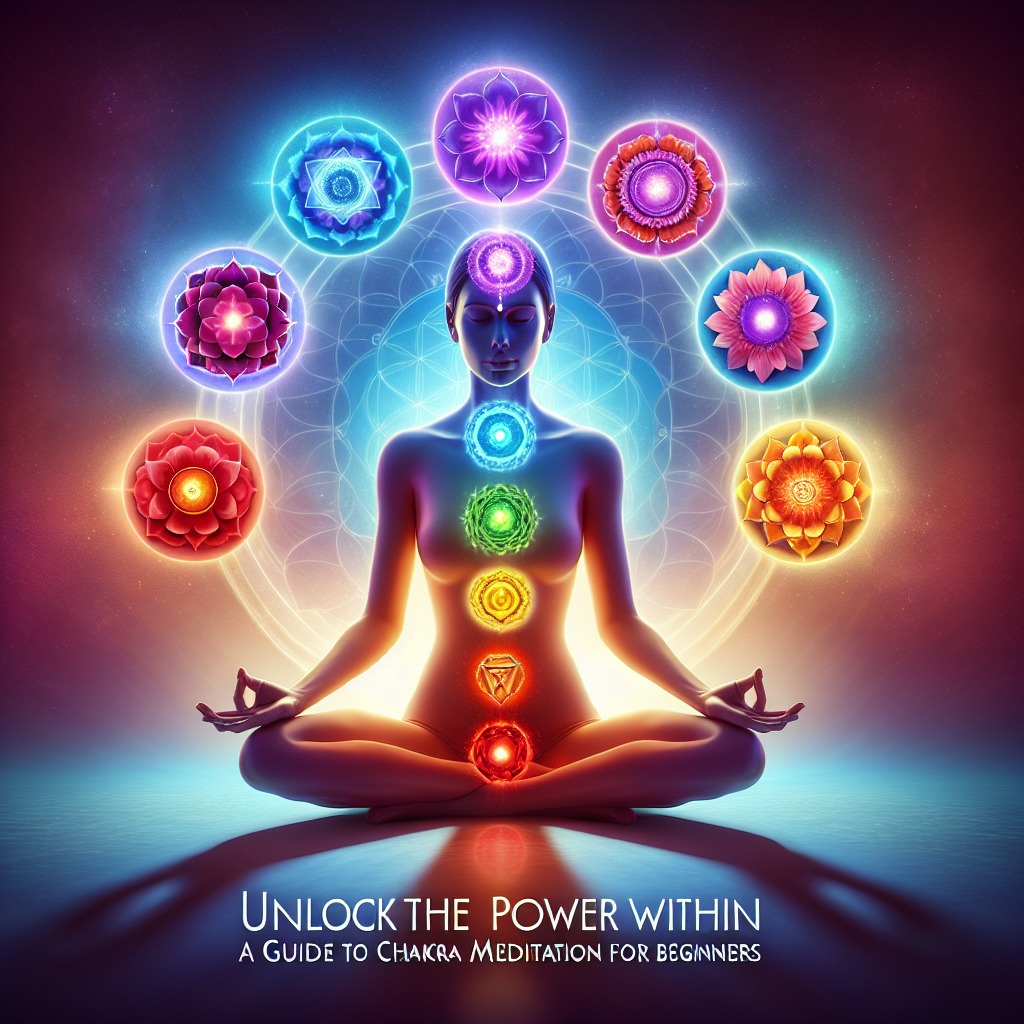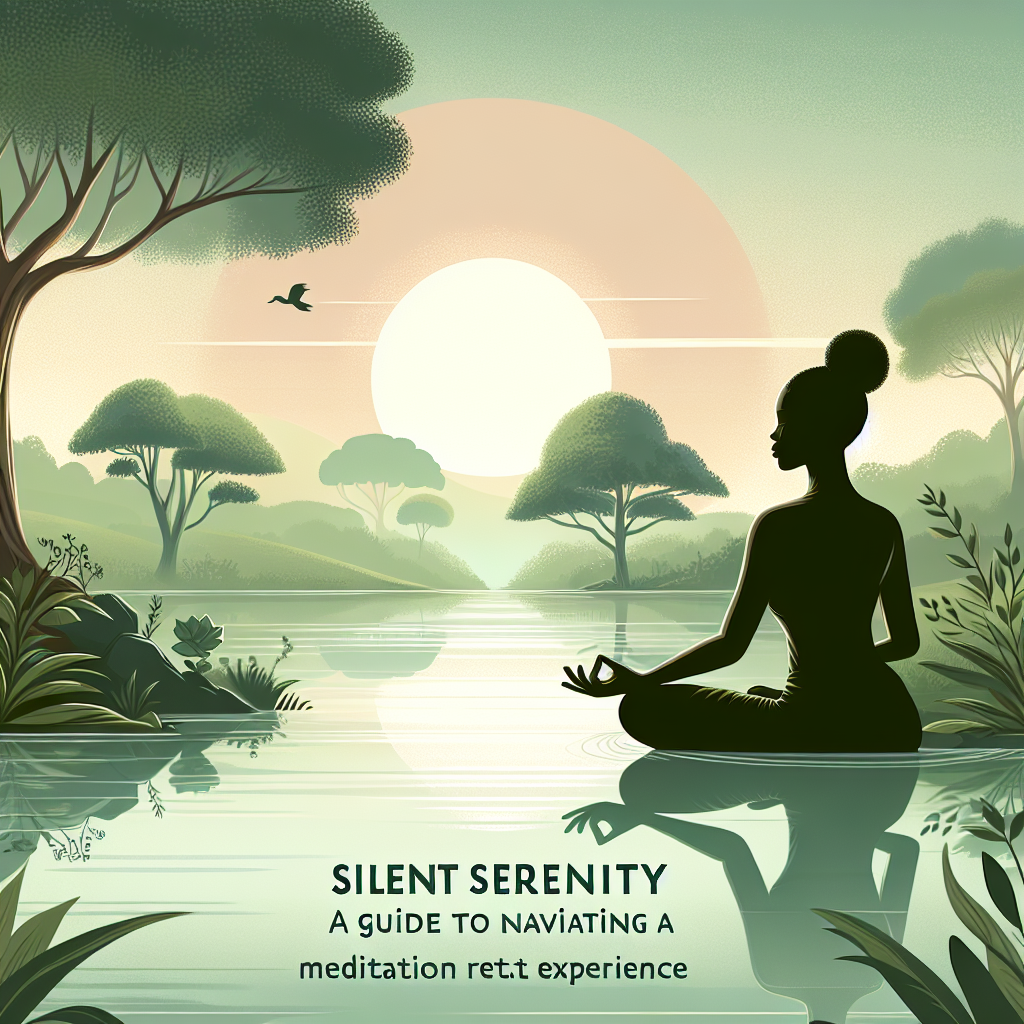The practice of chakra meditation is an ancient spiritual tradition that has been used for centuries to help individuals tap into their inner power and achieve a sense of balance and harmony in their lives. Chakras are energy centers located along the spine that are believed to be connected to different aspects of our physical, emotional, and spiritual well-being. By meditating on these energy centers, individuals can bring them into alignment and unlock their full potential.
If you are a beginner looking to explore the world of chakra meditation, this guide will provide you with the information you need to get started on your journey to self-discovery and empowerment.
Understanding the Chakras
There are seven main chakras that are commonly recognized in the practice of chakra meditation. Each chakra is associated with a specific color, element, and aspect of our being. The seven chakras are:
1. Root Chakra (Muladhara) – Located at the base of the spine, this chakra is associated with our sense of security, stability, and groundedness. It is represented by the color red and the element Earth.
2. Sacral Chakra (Svadhisthana) – Located in the lower abdomen, this chakra is associated with our creativity, passion, and sexuality. It is represented by the color orange and the element Water.
3. Solar Plexus Chakra (Manipura) – Located in the upper abdomen, this chakra is associated with our willpower, confidence, and self-esteem. It is represented by the color yellow and the element Fire.
4. Heart Chakra (Anahata) – Located in the center of the chest, this chakra is associated with our love, compassion, and emotional balance. It is represented by the color green and the element Air.
5. Throat Chakra (Vishuddha) – Located in the throat, this chakra is associated with our communication, expression, and truthfulness. It is represented by the color blue and the element Ether.
6. Third Eye Chakra (Ajna) – Located between the eyebrows, this chakra is associated with our intuition, perception, and inner wisdom. It is represented by the color indigo and the element Light.
7. Crown Chakra (Sahasrara) – Located at the top of the head, this chakra is associated with our spirituality, enlightenment, and connection to the divine. It is represented by the color violet and the element Thought.
Each chakra has its own unique characteristics and influences different aspects of our being. By meditating on these energy centers, individuals can bring balance and harmony to their lives and unlock their full potential.
How to Practice Chakra Meditation
To begin practicing chakra meditation, find a quiet and comfortable space where you can sit or lie down without distractions. Close your eyes and take a few deep breaths to relax your mind and body. Focus on each chakra individually, starting from the root chakra and working your way up to the crown chakra.
Visualize each chakra as a spinning wheel of energy, glowing with its corresponding color. As you focus on each chakra, imagine a beam of light flowing through it, cleansing and balancing its energy. You can also use visualization techniques, such as imagining a flower blooming at each chakra point, to help bring them into alignment.
As you meditate on each chakra, pay attention to any sensations or emotions that arise. Notice any areas of blockage or imbalance and allow yourself to release any negative energy stored in these energy centers. With practice, you will begin to feel a sense of peace, clarity, and connection to your inner self.
FAQs
Q: How often should I practice chakra meditation?
A: The frequency of your chakra meditation practice is up to you. Some people find it beneficial to meditate on their chakras daily, while others may practice less frequently. Listen to your body and intuition to determine what works best for you.
Q: Can chakra meditation help with physical ailments?
A: While chakra meditation is primarily a spiritual practice, some people believe that balancing the chakras can have a positive impact on physical health. However, it is important to seek medical advice for any serious health concerns.
Q: I have trouble visualizing the chakras. Is there an alternative way to practice chakra meditation?
A: If you have difficulty visualizing the chakras, you can try using other senses to connect with them, such as focusing on the corresponding colors or elements associated with each chakra. You can also explore guided meditation techniques to help you connect with your energy centers.
Q: How long does it take to see results from chakra meditation?
A: The effects of chakra meditation can vary from person to person. Some individuals may experience immediate benefits, such as a sense of calm and clarity, while others may notice gradual changes over time. Consistent practice and patience are key to unlocking the full potential of chakra meditation.
In conclusion, chakra meditation is a powerful tool for self-discovery and empowerment. By exploring the energy centers within your body, you can tap into your inner power and achieve a sense of balance and harmony in your life. With dedication and practice, you can unlock the power within and connect with your true self on a deep and profound level.




Leave A Comment